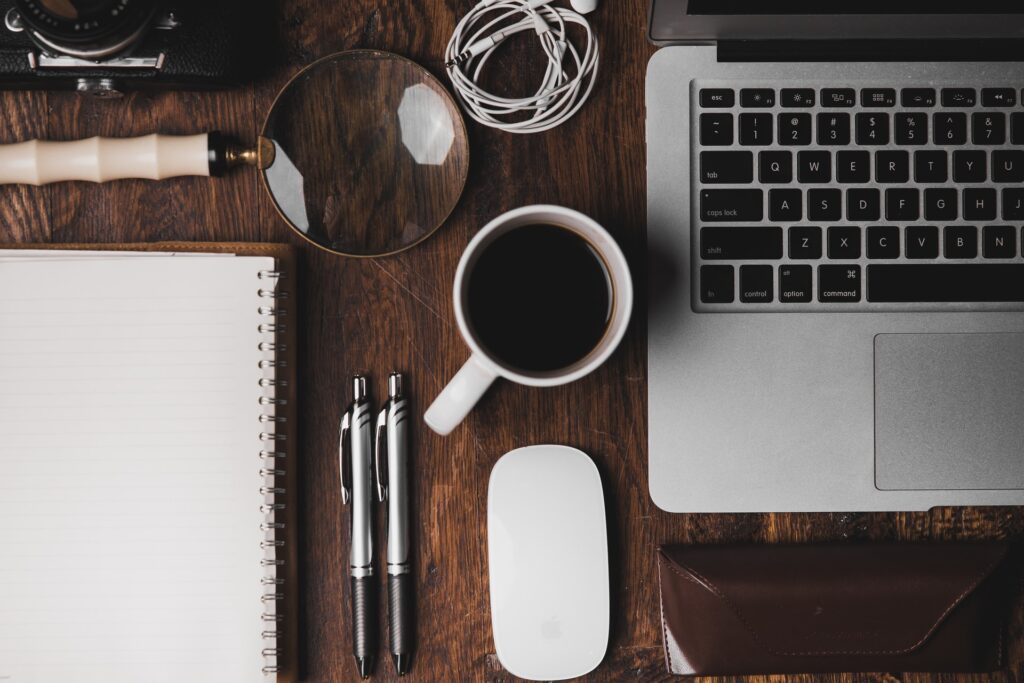Source: Photo by Ian Dooley on Unsplash
Have you ever looked at your to-do list, felt overwhelmed by how much is on it and ended up taking a nap instead? If so, you aren’t alone.
According to a research study conducted by Reutskaja et al. in 2018, while our brains find the idea of choice favorable, too many options make it difficult for our brains to process, compare, and assess the choices. This helps shed light on why a long to-do list can elicit an “I will start it later” response.
Okay, so we know that having too many options can have a negative effect, but how does this relate to working on my to-do list and being more productive? While we may not be able to simply erase or ignore tasks we need to get done (I can’t be the only one who sometimes wishes this was an option?!), we can alter our approach and work with the information we have about the human brain to get them done. Here are five things you can start doing today to be more productive and tackle that to-do list!
1. Triage
Triage can be defined as “the assignment of degrees of urgency…..to decide the order of treatment…” In healthcare, it is a common practice to triage patients into three categories; red – life threatening and immediate action required; yellow – serious, but not immediately life threatening; green – less urgent. Being able to accurately triage patients is critical to managing busy critical care centers and providing the most effective care to patients. Now, what if I told you that it’s not only possible to “triage” your to-do list, but in doing so, it will significantly help you complete your to-do list more effectively…sounds too good to be true? It’s not! Another way to look at triaging is taking various options and putting them in smaller categories to be able to assess them more efficiently.
Let’s apply this to our to-do lists! The first step is to write down all of your tasks and categorize them accordingly. I am going to stick with the color scale I mentioned earlier (red – most urgent, yellow – urgent, but not immediate, and green – least urgent), but feel free to use whatever categories work best for you. Grouping your list like this immediately makes it feel more manageable.
2. Just 10 Minutes
Now that you have your triaged list of tasks, what is next? According to this article by the American Psychological Association, switching between tasks can waste up to 40% of your productive time. This is why the next step is to take a look at your “red” list, pick one item, and commit to 10 minutes of uninterrupted time doing it. Picking 10 minutes may sound like an arbitrary amount of time, but it is not. Similar to too many options, forcing our brains to focus on something for extended periods of time can actually lead to negative results. Picking a time of 10 minutes feels attainable, and in most cases, you continue working past the 10 minutes without even realizing it! Once one task is completed, you move on to the next and the next, with the same goal of 10 minutes of uninterrupted time for each new task you begin.
3. Work Space Layout
Where you work is just as important as being able to triage your list. If you are working remotely as many of us are today, you will want to find a well-lit area with a desk or table. It is important to avoid working on a couch or bed as this leads to bad posture and can encourage unwanted distractions such as napping. I encourage you to designate a workspace that works best for you. Some ideas include live plants on or near your desk (plants make oxygen which can improve air quality, among other things), candles of your favorite scent, and listening to soft, soothing music. Feeling comfortable in your workspace will allow you to produce better quality work.
4. Adjust Your Phone
I’m sure it comes as no surprise that your phone made it on this list. I will speak for myself, and say that grabbing my phone to jump on social media has become so embedded in my day-to-day life, that I often do not even realize that I am doing it. The simplest and easiest way to be more productive throughout the day is to minimize your phone usage. Some realistic ways to do this are keeping your phone in a separate room and only checking it during designated times, or putting your phone on “do not disturb” mode so that you do not see notifications pop up, which can very quickly lead to “app surfing”. Putting your phone down and creating boundaries will lead to you being more productive throughout the day.
5. Prepare
Last but not least –– prepare. Taking just a few minutes the night before to prepare for your next day can make a significant difference in your productivity. Making an updated triaged to-do list, picking out your clothes, and getting a good night’s rest are all things you can begin doing tonight! This will relieve your brain from having too many options and decisions to make in the morning and allows you to jump right into your day, organized and ready to go.
References
American Psychological Association. “Multitasking: Switching Costs.” https://www.apa.org, 20 Mar. 2006, www.apa.org/research/action/multitask.
Reutskaja, Elena, et al. “Choice Overload Reduces Neural Signatures of Choice Set Value in Dorsal Striatum and Anterior Cingulate Cortex.” Nature Human Behaviour, vol. 2, no. 12, 1 Oct. 2018, pp. 925–935, https://www.nature.com/articles/s41562-018-0440-2


